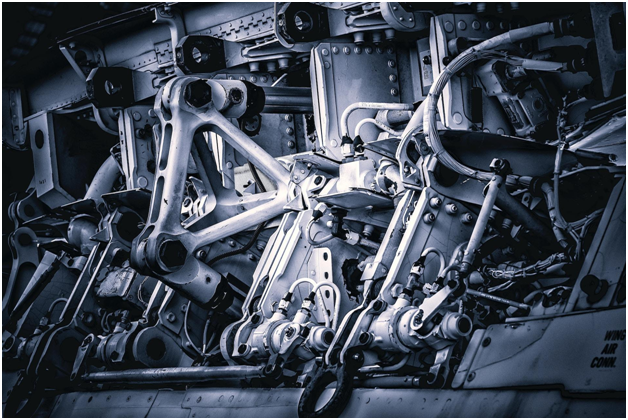A world powered by countless machines requires smooth operation and optimized performance.
In this context, a key component of industrial motor control is the soft starter, an indispensable device that brings efficiency, longevity, and control.
Understanding Soft Starters
At its core, a soft starter is a device that manages the acceleration of an electric motor by controlling the voltage applied to the motor.
It's an innovative tool that offers a seamless solution to the abrupt start-stop cycles and excessive torque peaks in motor operations.
The Working Principle of Soft Starters
The soft starter works its magic by adjusting the motor's voltage supply during startup. Here's the rundown:
Upon startup, the soft starter ramps up the voltage from zero to full, ensuring a soft and gradual acceleration of the motor.
The heart of this process lies in the thyristor, a semiconductor device that adjusts the voltage by delaying the phase angle of the incoming AC waveform.
This regulation reduces the current drawn and the torque produced by the motor, ensuring a soft, smooth start.
Types of Soft Starters
When it comes to soft starters, we can categorize them primarily into three types:
Primary Resistance Starters: They add resistance in the motor circuit to reduce the initial current, which is then bypassed once the motor reaches full speed.
Autotransformer Starters: These devices reduce the voltage supplied to the motor during startup, decreasing the starting current.
Solid-State Starters: The most modern form, these employ devices such as thyristors to control voltage and, in turn, the starting current.
Each type has its unique features and applications, ensuring versatility in addressing various industrial needs.
Industrial Applications of Soft Starters
Soft starters are used in various industrial applications, offering unique benefits in each case.
For instance, they find extensive use in conveyor belt systems, where they prevent jerks and reduce wear and tear during startup.
In the mining industry, soft starters manage the high torque generated in heavy machinery, ensuring smooth operation and reducing mechanical stress.
Pump systems also benefit significantly from soft starters by eliminating water hammer effects, thereby preventing potential damage to the system.
Key Advantages of Using Soft Starters
Using soft starters offers a host of advantages, including:
Enhanced Motor Control: They enable smooth acceleration and deceleration, reducing mechanical stress on the motor and the power supply network.
Extended Equipment Life: By mitigating the sudden start-stop cycles, they significantly extend the lifespan of motors and other connected equipment.
Reduced Power Quality Issues: They manage the electrical supply more effectively, minimizing power surges and maintaining the overall quality of power in the network.
Challenges and Limitations of Soft Starters
Like all technologies, soft starters are not without challenges. They don't offer speed control during regular operation, unlike variable frequency drives (VFDs).
Also, heat dissipation can be a concern, especially in high-load conditions, requiring additional cooling measures.
However, these issues are manageable, with continuous technological advancement and improved design methodologies mitigating these limitations.
Conclusion
In a world where every drop of efficiency counts, the importance of soft starters is evident.
They promise improved control, reduced wear and tear, and superior operational efficiency in various industrial applications.
The journey to understanding soft starters is a step into a world where motors hum with seamless efficacy, powering our industries with grace and sustainable longevity.
As we continue to explore this field, the potential for further innovation and optimization remains excitingly vast.


